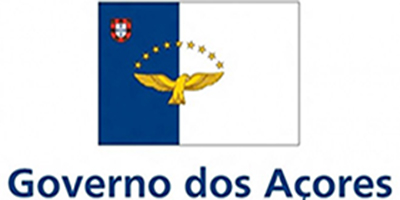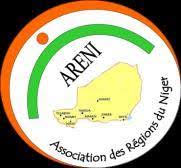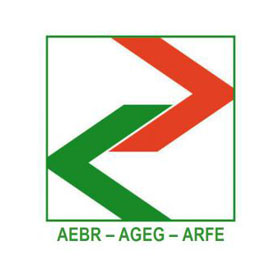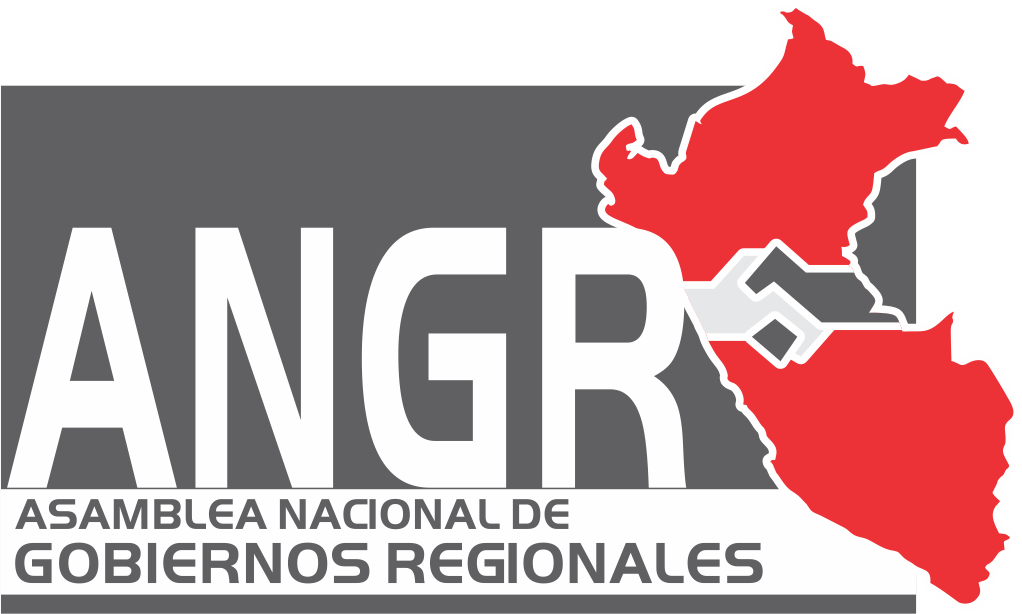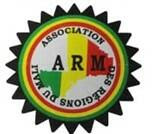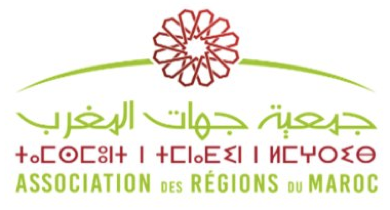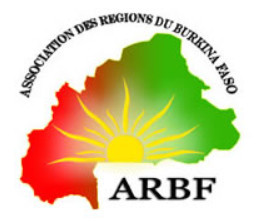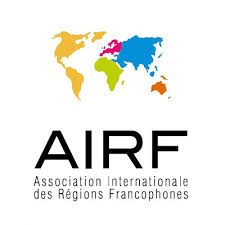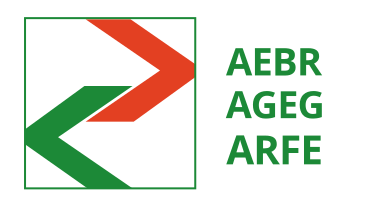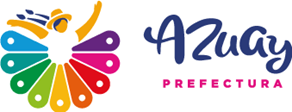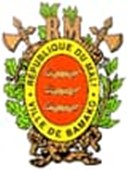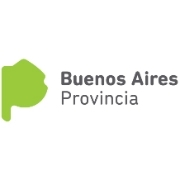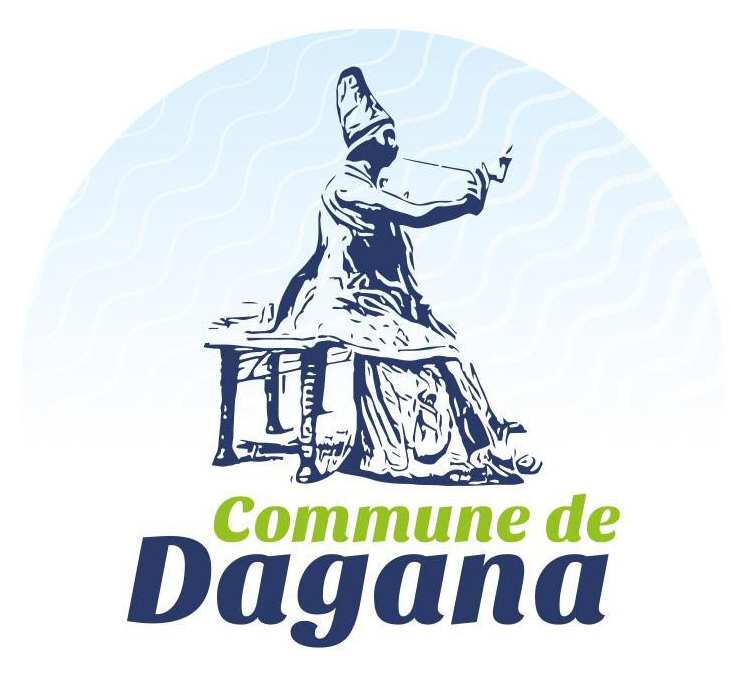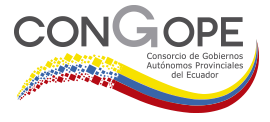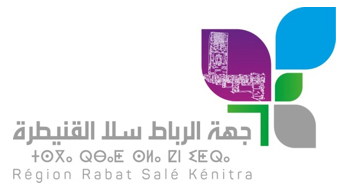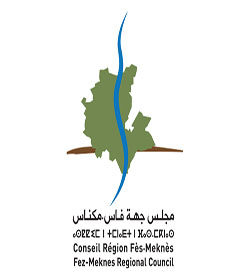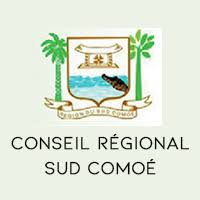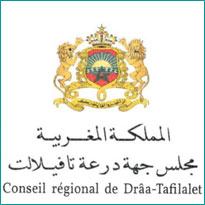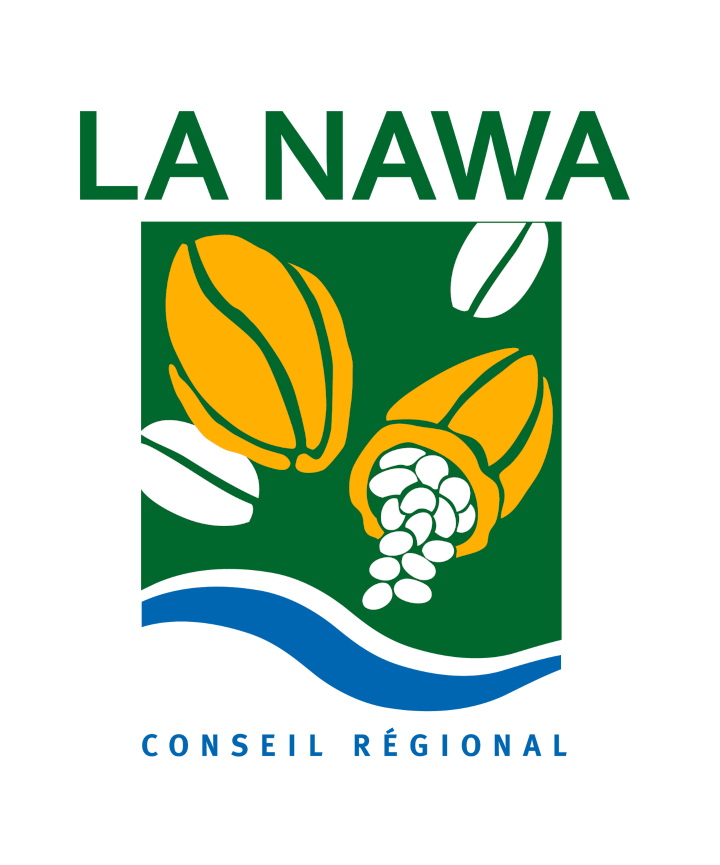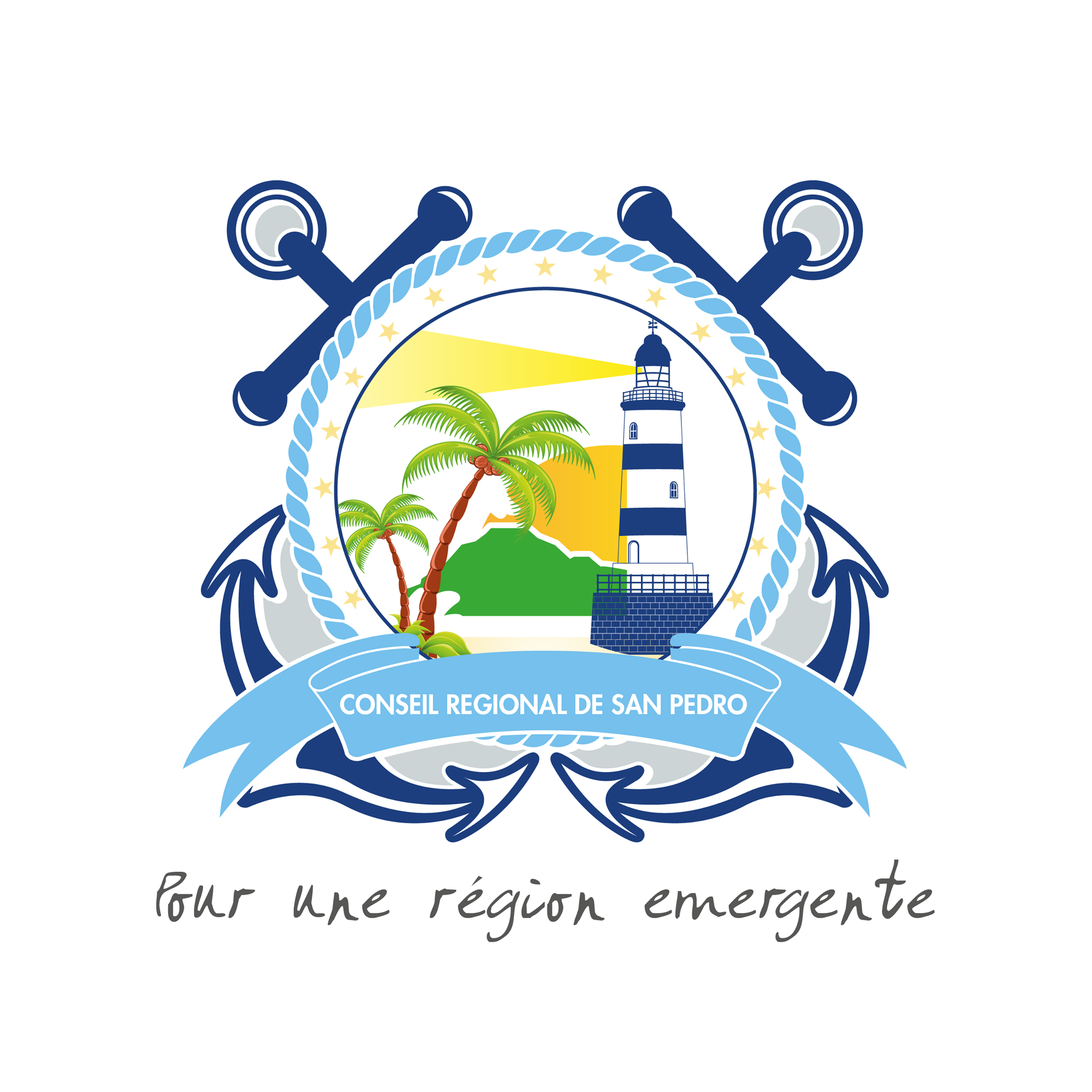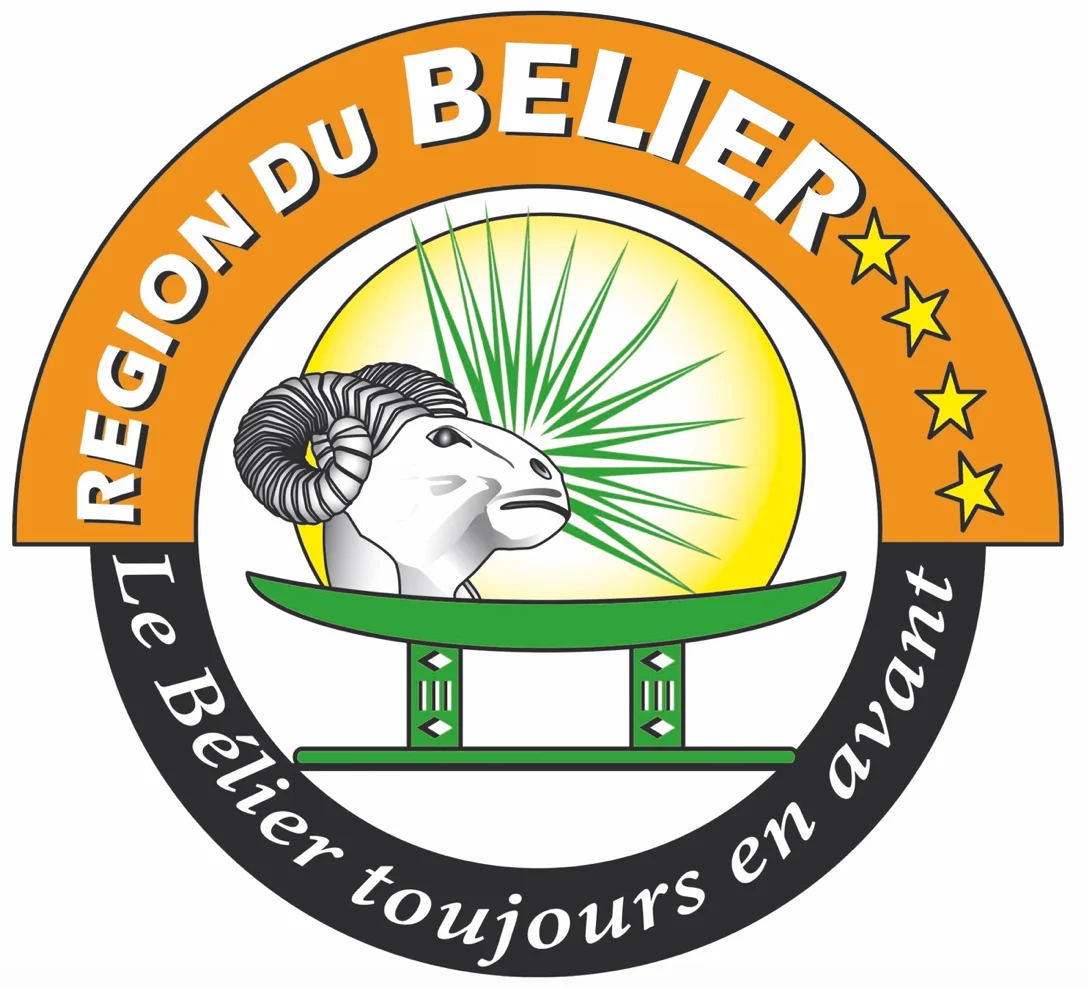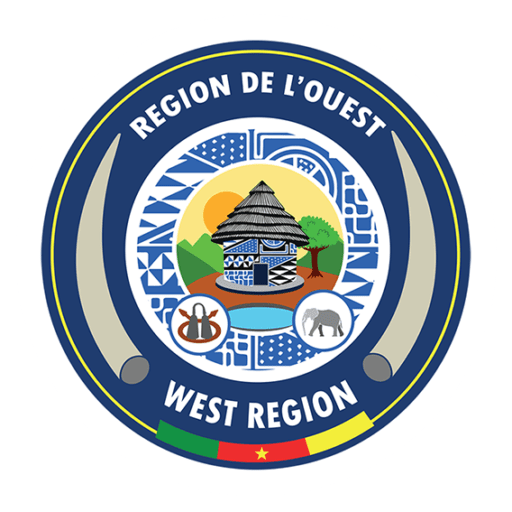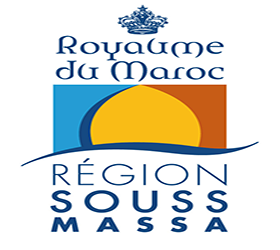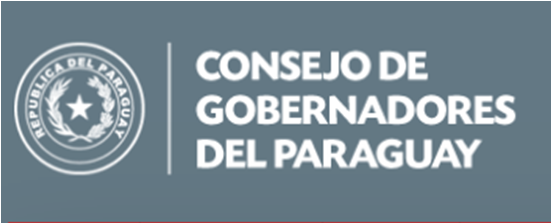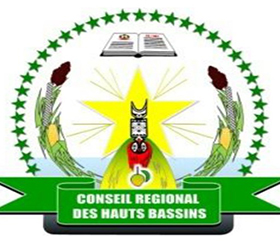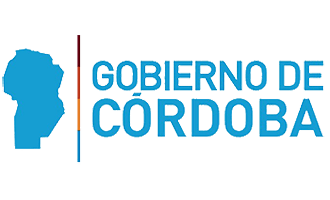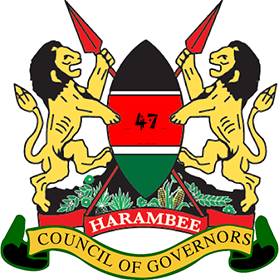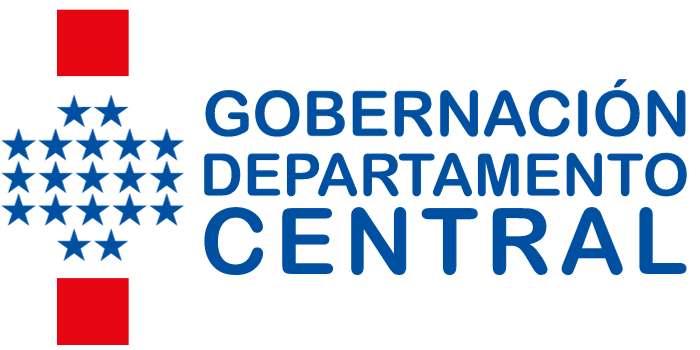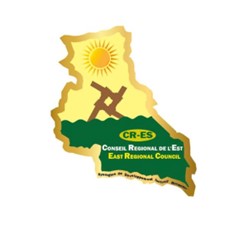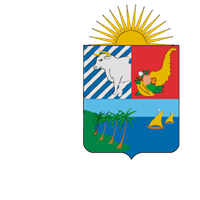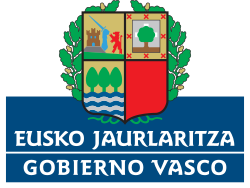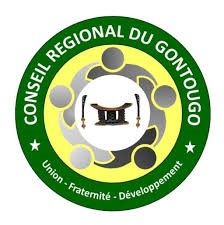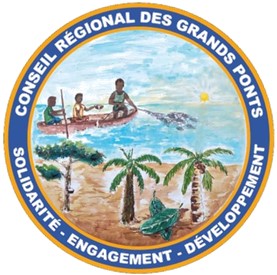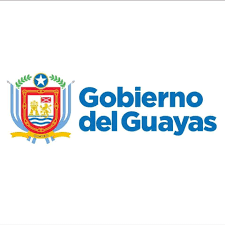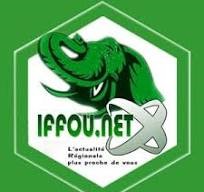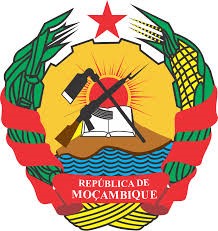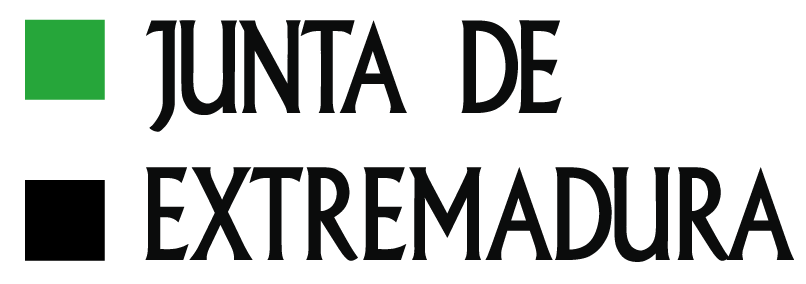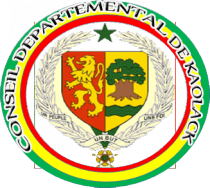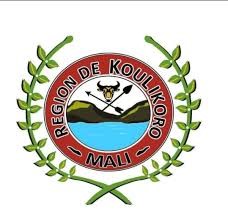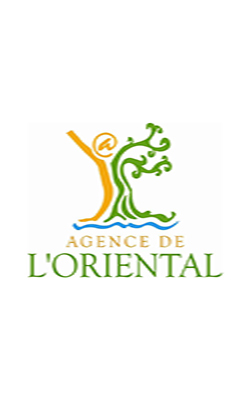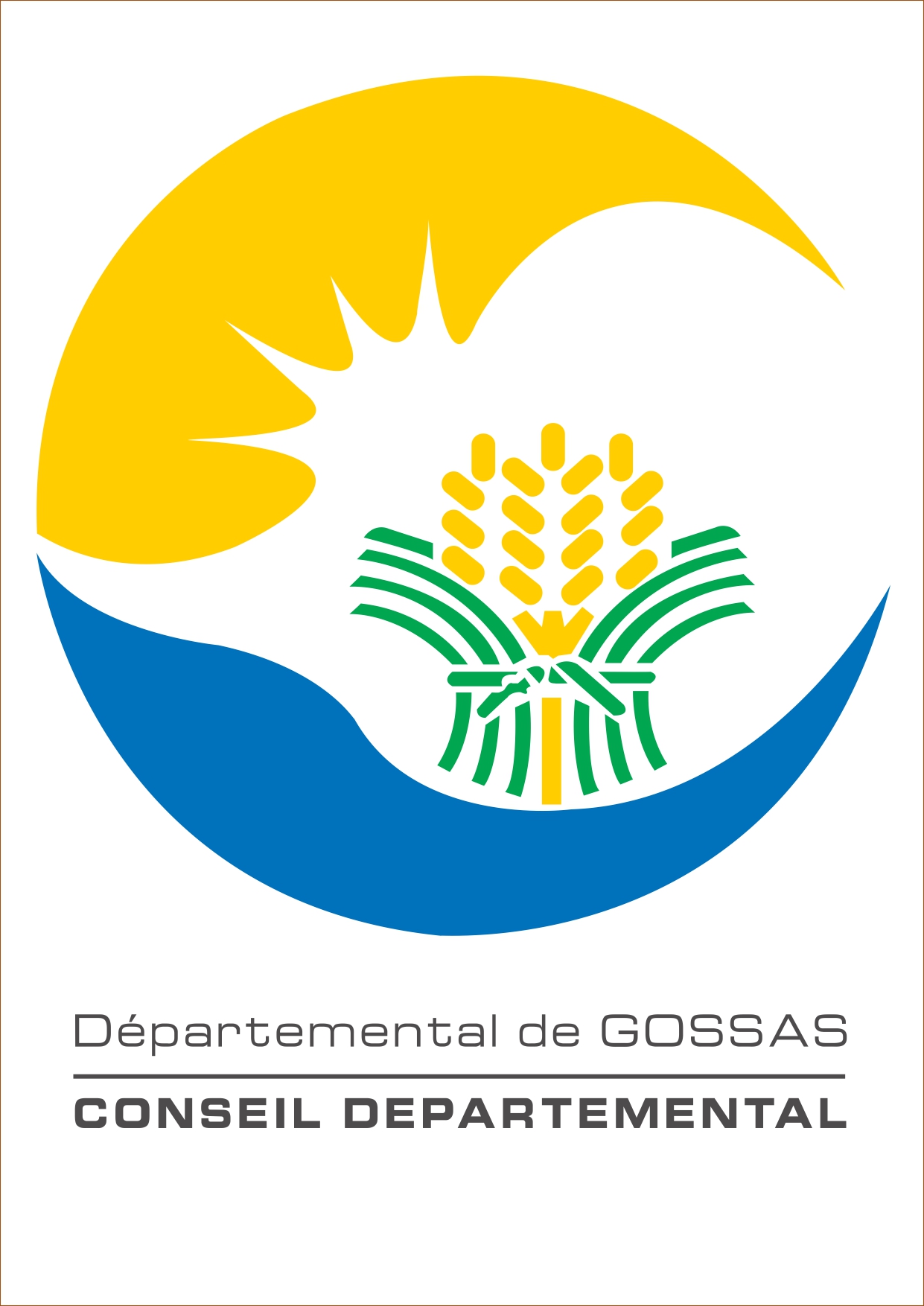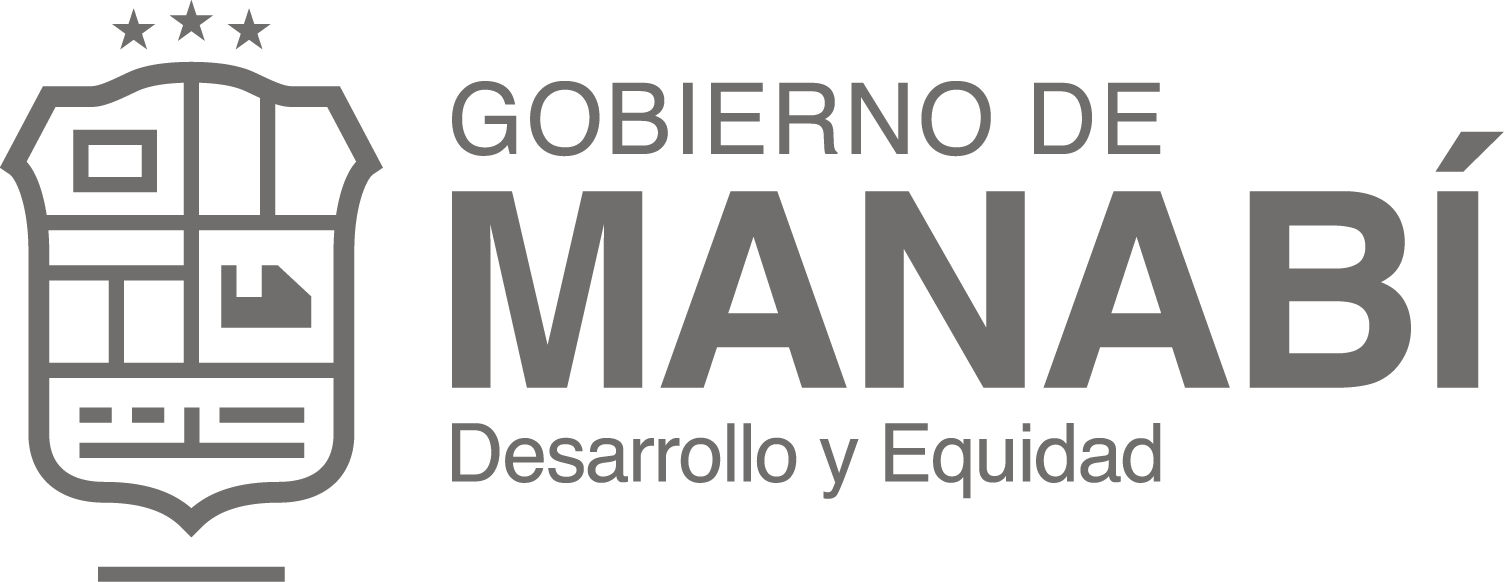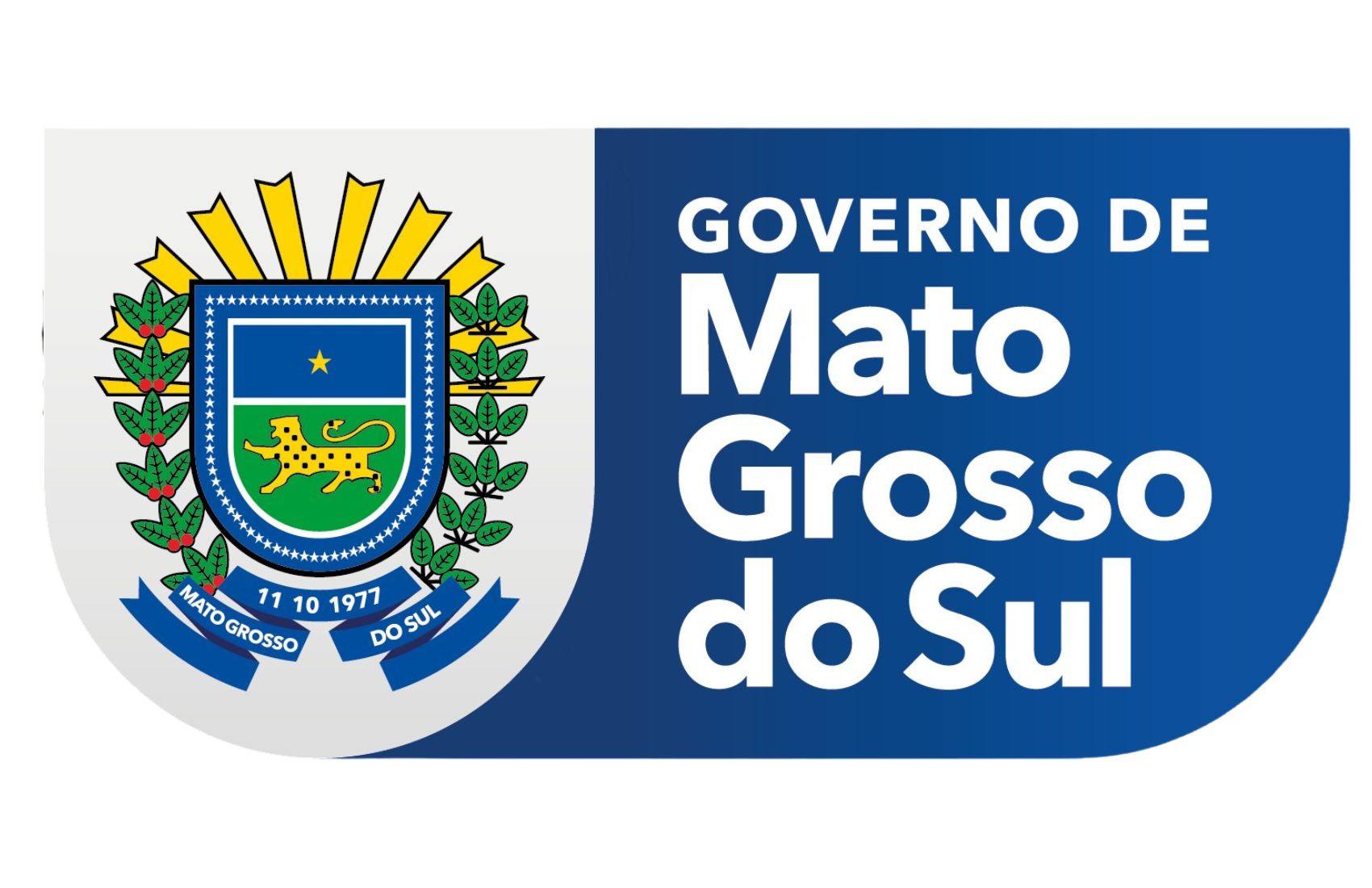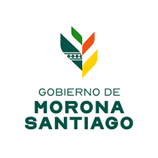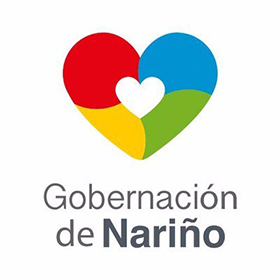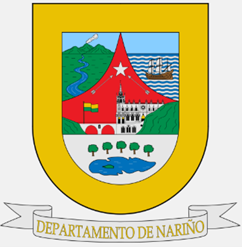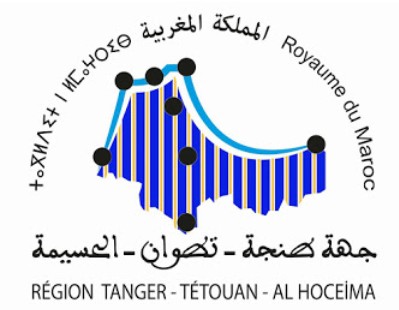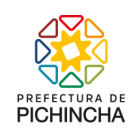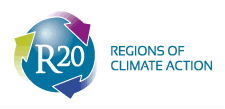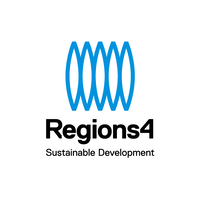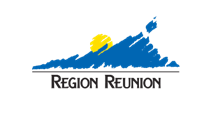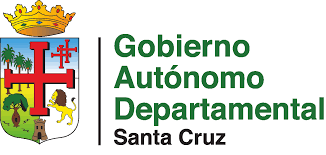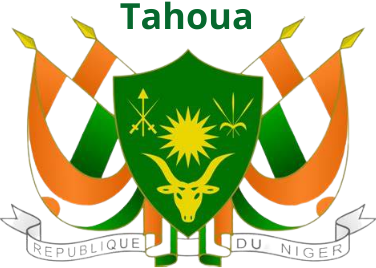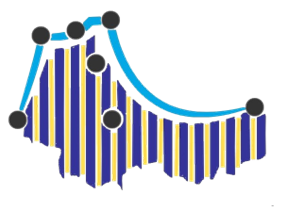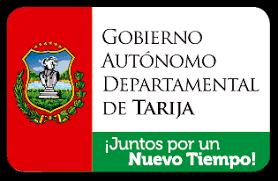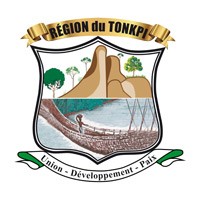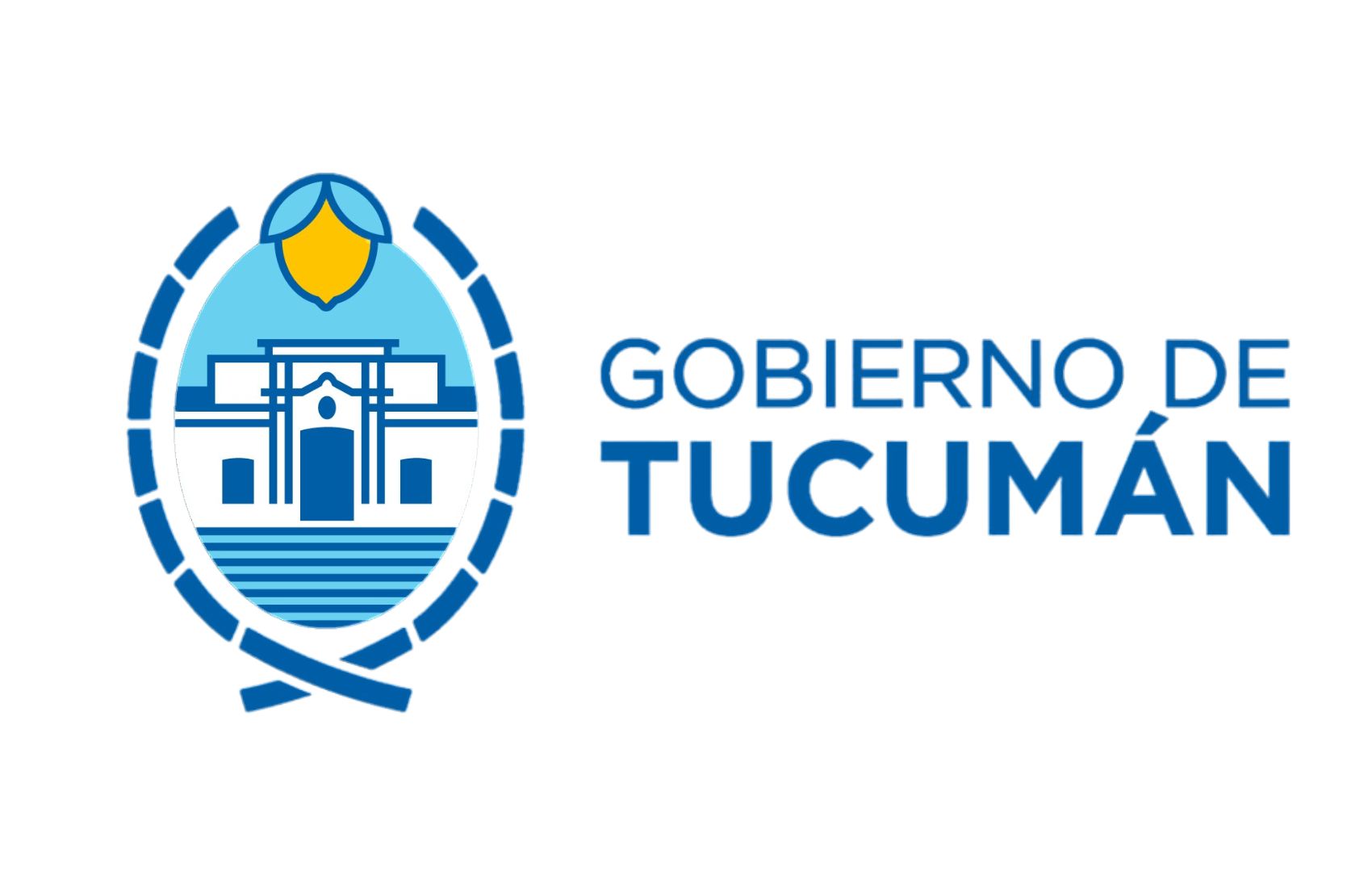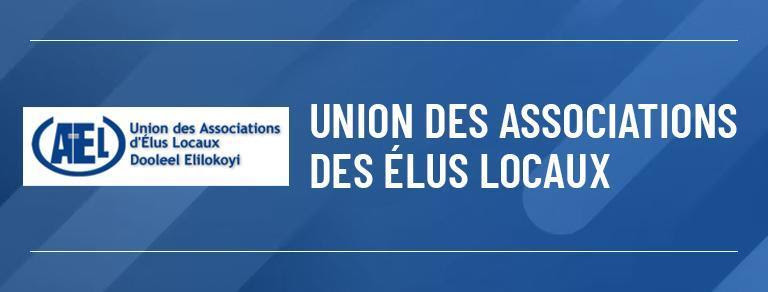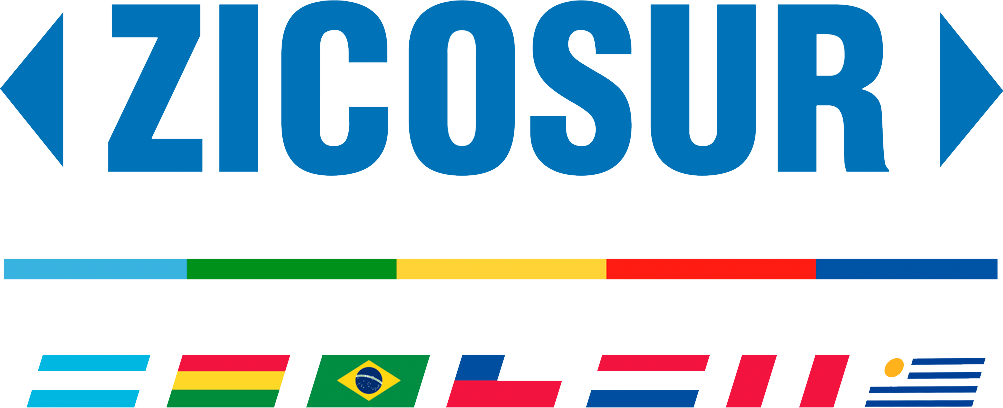Rio without extreme poverty plan
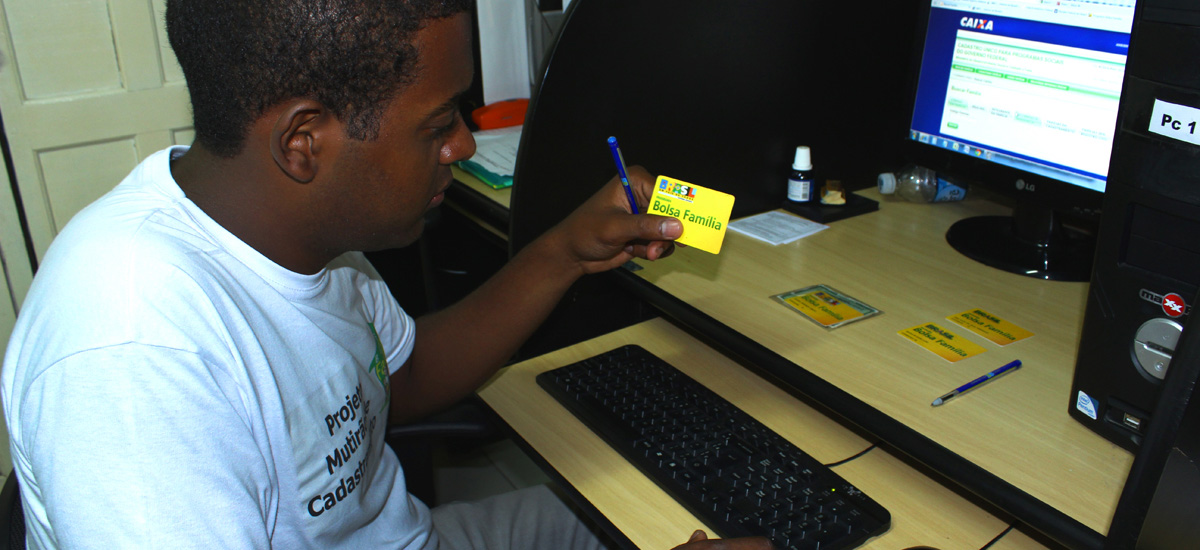
| REGION: | Southeast, Brazil |
| AUTHORITY: | Rio de Janeiro State Government |
| POPULATION: | 16.399.000 |
| STARTING DATE OF THE PRACTICE: | 6th of April, 2011 |
| ENDING DATE: | On going |
| TYPE OF PRACTICE: | Group |
| BENEFICIARIES: | Disadvantaged citizens from Rio de Janeiro |
| WEB SITE: | http://www.rj.gov.br/web/seasdh |

Practice submitted by the State of Rio de Janeiro (Brazil) on the 15th March 2016 to the 1st Regional Best Practice Award organised by ORU Fogar and UNDP, with entry register n. 18 and a total score of 485 points.
The practice consists on the management of the “Rio Without Extreme Poverty Plan”. The Plan is divided into three specific objectives: The first one is to raise the income of extremely poor families beyond the extreme poverty line, through the provision of direct cash transfers granted by the “Programa Renda Melhor”; The second objective is to improve academic skills and increase high school graduation rates among disadvantaged youths, by depositing rewards in a savings account owned by the beneficiaries of the “Programa Renda Melhor Jovem”; And finally, to expand the social and economic inclusion of the poorest, by articulating their needs to the existing opportunities.
The plan takes into consideration several issues which are of great importance:
1. Improving its programs’ targeting and eligibility criteria and strategies.
2. Enhancing federal integration and promoting better intersectoral and interagency coordination, particularly with governmental and
NGOs in the areas of health, education, labor, science and technology.
3. Developing technological tools as a governance instrument of the Plan, in order to contribute to the analysis of the target group, to the provision of technical support for municipalities’ agents, to the strengthening of “active search actions”, aiming at including poor families in the “Cadastro Único”, and to the improvement of productive inclusion actions.
4. Evaluating the impact of the actions and programs implemented.
5. Levelling the technical capacity of the municipalities.
The Plan is based on the theoretical approach of Amartya Sen, for whom the measurement of the population's quality of life requires the use of proxy indicators, since extreme poverty does not only refer to insufficient income. The Plan also considers the fundamentals of the Theory of Permanent Income, according to which the real wealth of individuals is determined by physical and human resources possessed, rather than by their current available income.
Context:
The Rio de Janeiro state is located in the Southeast region of Brazil. It is composed of 92 municipalities, distributed among eight areas of government. Its geographical boundaries are the states of Minas Gerais, Espirito Santo, São Paulo and the Atlantic Ocean. It is the second largest Metropolitan Region in Brazil, the third in South America and the 20th largest in the world. According to the 2013 National Household Survey (PNAD/IBGE), it has a population of 16,399,000 inhabitants and a population density of 365.23 inhabitants/km². The Metropolitan Region, composed of 21 municipalities, congregates 74% of the state population. Only 3% of the state population live in the rural area (496,000 people). The data obtained from the “Cadastro Único” in May 2015, showed that 71% of the families live with a monthly per capita income of ½ minimum wage (about US$ 100,00). The poverty situation of the people living in the Metropolitan Region is aggravated by factors such as violence, drug trafficking and barriers to access public services.
Process:
Phase 1 (Pilot): In June 2011 began the pilot implementation of the “Programa Renda Melhor” and the “Programa Renda Melhor Jovem” in the cities of Japeri, Belford Roxo and São Gonçalo, located in the Metropolitan Region, benefiting 53,000 families, with an investment of R$ 21.1 million year.
Phase 2 (first expansion): In January 2012 the Plan was expanded to other 48 municipalities, benefiting 249,100 families and 2,499 young people, with a yearly investment of more than R$ 200 million.
Phase 3 (final expansion): In July 2013, its covering included 91 municipalities, since other 40 municipalities were included in the scope of the Plan. In that year, cash was directly transferred to 249,100 extremely poor families, with a yearly investment of over R$ 197 million, and direct deposits were made to the savings account of 13,312 young people, totalizing a yearly investment of R$ 11,320,700.00.
Phase 4 (Network Structuring): From 2014 on began the process of structuring the “Busca ativa” (Active Search) Network, for including poor people in the “Cadastro Único” (Unified Registry), as well as the Network for Managing Social and Economic Opportunities, both in partnership with the World Bank.
Results:
The Plan successfully improved the targeting of its beneficiaries. It benefited over 200,000 extremely poor families per year, about 1 million people, with a total investment of R$ 953,2 million, from 2011 to February 2016.
Moreover, it has induced the creation and coordination of a vast network of governmental and nongovernmental partners involved in the actions of the Plan. It also succeeded in providing the necessary tools for levelling the municipalities’ technical capacity. Besides, one can infer that it contributed to the improvement of the inequality level in the State (from 0.54 in 2009 to 0.52 in 2014), and to the reduction of the percentage of poor and extremely poor (from 15.7% and 4.5% in 2009 to 11% and 2.3% in 2014, respectively).
More information
Website of the Renda Melhor program: www.prm.rj.gov.br
Guia da Gestão Municipal do Programa Renda Melhor: http://www.prm.rj.gov.br//arquivos/public/2Guia_Renda_Melhor.pdf
Website of the Renda Melhor Jovem program: http://www.rendamelhorjovem.rj.gov.br/index.php/rmjovem/


